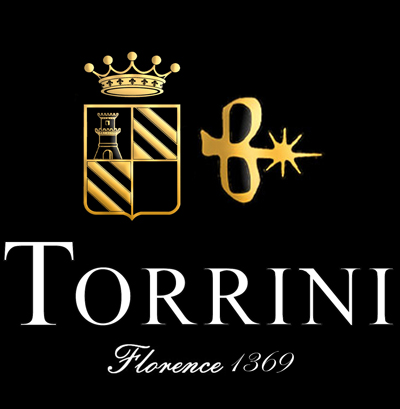FREE WORLDWIDE INSURED SHIPPING
WEDDING
WEDDING RINGSTORRINI DIAMOND GUIDE
The 4 C
GIA Certificate
Responsible Sourcing
TORRINI DIAMOND GUIDE
The 4 C
GIA Certificate
Responsible Sourcing
TORRINI DIAMOND GUIDE
The 4 C
GIA Certificate
Responsible Sourcing
TORRINI DIAMOND GUIDE
The 4 C
GIA Certificate
Responsible Sourcing
JEWELRY
BRIDAL
EDUCATION



























